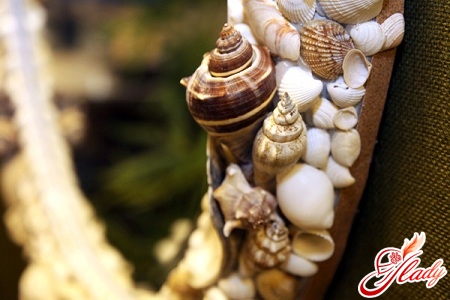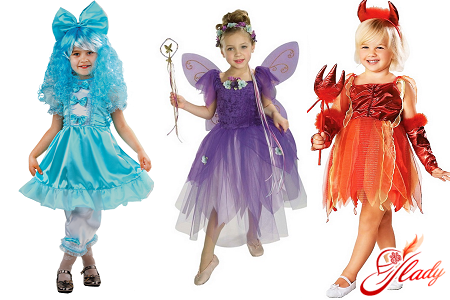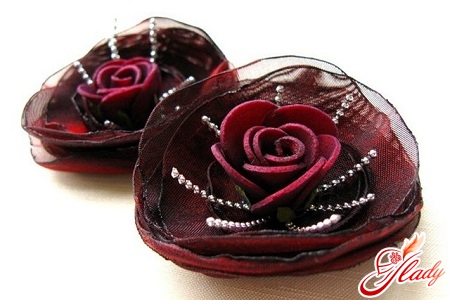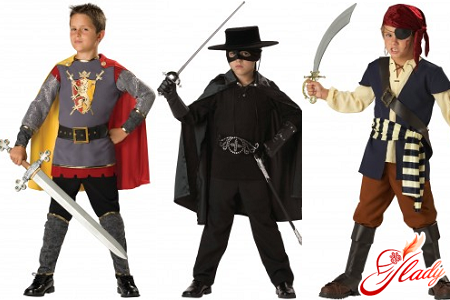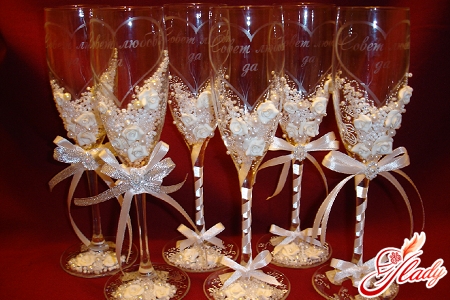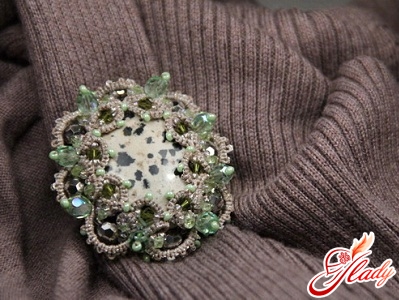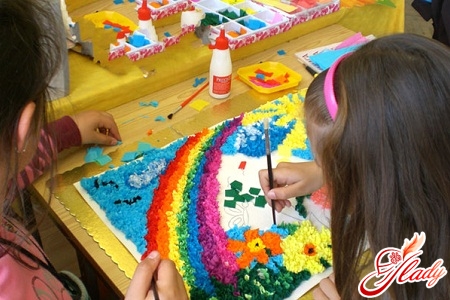 About types of handicraft techniques usingpaper can be talked about endlessly, because human imagination is limitless. What we do not do with this grateful material - we cut, and glue, and crumple, and burn, and tear, and fold, and twist and soak. And all this in order to turn a flat sheet of paper into a miracle, which can please the eye and be used in action. Well, if not in action, then for pleasure - for sure! Torsion is one of the types of paper needlework. This technique can be attributed to both the method of applique and a type of quilling (paper rolling). With the help of torsion, you can create amazing three-dimensional paintings, mosaics, panels, decorative interior elements, postcards. In this way, it is possible to decorate almost any object, for example, photo frames. Still little known, this technique very quickly finds new fans and gains popularity in the world of needlework. Such a rapid growth of its popularity is explained, firstly, by the unusual effect of "fluffiness" that the end grain gives, and secondly, by the very easy method of execution. What is this technique of end grain from paper? Let's get to know it better.
About types of handicraft techniques usingpaper can be talked about endlessly, because human imagination is limitless. What we do not do with this grateful material - we cut, and glue, and crumple, and burn, and tear, and fold, and twist and soak. And all this in order to turn a flat sheet of paper into a miracle, which can please the eye and be used in action. Well, if not in action, then for pleasure - for sure! Torsion is one of the types of paper needlework. This technique can be attributed to both the method of applique and a type of quilling (paper rolling). With the help of torsion, you can create amazing three-dimensional paintings, mosaics, panels, decorative interior elements, postcards. In this way, it is possible to decorate almost any object, for example, photo frames. Still little known, this technique very quickly finds new fans and gains popularity in the world of needlework. Such a rapid growth of its popularity is explained, firstly, by the unusual effect of "fluffiness" that the end grain gives, and secondly, by the very easy method of execution. What is this technique of end grain from paper? Let's get to know it better.
The principle of facing
This technique is based on the creation of images andobjects using three-dimensional paper elements. A three-dimensional element of end-graining is called a "end-graining" or "stick". It is a piece of soft paper compressed into a funnel or cone shape. It is from such elements that the intended product is created. Each such "end-graining" is like one brush stroke in creating a picture, like one loop in knitting or one bead in beadwork. End-graining is not a difficult job, but it is painstaking. It requires not only perseverance, but also accuracy, attention and a certain dexterity.
Tools
To make crafts using this technique you needa minimum set of materials and tools: paper, glue, scissors and the so-called "cutting" tool. Not all paper is suitable for cutting. Usually, corrugated paper or crepe paper is used in this technique. Such paper is sold in almost all stores of goods for arts and crafts and in cultural goods. In addition to corrugated paper, ordinary paper napkins are also suitable for cutting. The "cuttings" themselves are made from corrugated paper - elements of volumetric applique. Scissors and glue are needed for cutting and gluing these cuttings to the base of the craft. A wide variety of materials are used as a base. In fact, any surface to which this paper is glued can be "fluffed" with corrugated paper. Therefore, for panels, paintings and mosaics, a flat base is taken - a sheet of Whatman paper, cardboard, light ceiling tiles. For volumetric crafts, blanks are made from foam plastic, newspapers, papier-mâché, plasticine. Well, the main tool for end-graining is a long thin stick with a blunt end. A pencil, a rod or a body from a ballpoint pen, a Chinese chopstick or any other suitable stick can be quite suitable for this role.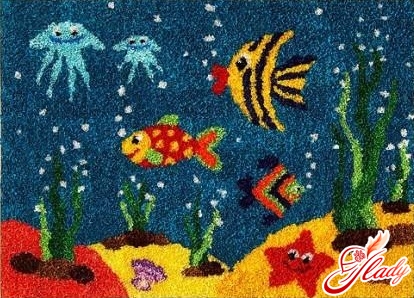
Technique as such
What about all these tools andmaterials to work with? After you have decided on the type of product, you need to prepare paper for the "end pieces". These should be squares cut from corrugated paper. The size is from one to three centimeters, the number depends on the area or volume of the product. The workpiece to which the "end pieces" will be attached can be smeared with glue in advance. But you can also apply glue to each individual element - it's up to you. How to make one such "fluffy thing"? The technology for making "end pieces" requires accuracy. So, in your right hand you have a stick for end pieces, in your left - a square of paper. Place the paper sheet with the center to the end of the stick, and, holding it, carefully crumple the paper, wrapping it around the stick. When squeezing the paper, do not press too hard so as not to tear it. As a result, you will get a small fluffy cone. The fluffiness will be given to it by the folded sides of the square. After that, without removing the cone from the rod, glue it to the workpiece so that the top of the cone is glued to the surface of the workpiece, and the folds of a kind of "nail" would look at you. When gluing the end grain, remember that the closer to each other you place them on the surface of the product, the fluffier and neater it will look. If you describe the entire end grain process in stages, it will look like this:
- We cut the squares (one by one cm) from corrugated paper.
- We make a blank for a three-dimensional product or draw a pattern on a flat surface.
- The blunt end (end) of the rod is placed on a paper square.
- Fold the paper and roll the rod between the fingers.
- We glue the tube-face to the workpiece.
- We take out the rod.
Everything is so simple and concise that it is within your powereven for children. By the way, in kindergartens and schools, children learn the technique in handicraft classes. And if a real craftswoman takes on this, the result of her work can be a real masterpiece of end-graining technique.
Options and opportunities
First of all, these are all sorts oftoys-decorations. Some needlewomen use this technique in scrapbooking and decorating photo frames, decorate greeting cards with it. If you make a picture or a panel using this technique, you will get a real terry rug with a solid pattern or a fluffy outline pattern. To make three-dimensional products, the technique of paper end-graining on plasticine is used. For this, a blank is made from plasticine, to which the "end pieces" are attached without glue. Souvenir flower balls and "trees of happiness" made using this technique look very impressive. Easy to perform end-graining has an unexpectedly effective result that will not leave indifferent either the craftsmen or those who will admire this result. We recommend reading:




